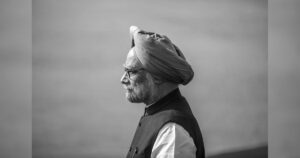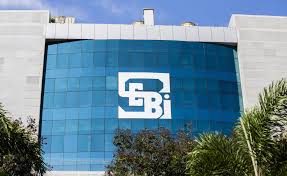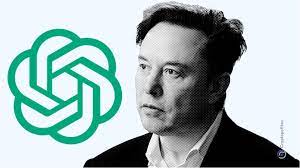Key reforms by Manmohan Singh that shaped the Indian economy

“I truly believe that history will be more forgiving of me than the current media or, for that matter, the opposition parties in Parliament,” Dr. Manmohan Singh famously remarked in 2014, toward the end of his second term as Prime Minister.
These words hold significant meaning today as the nation grieves the passing of its former Prime Minister and Finance Minister, who passed away at the age of 92 in New Delhi.
The former Prime Minister, widely recognized as the architect of India’s economic liberalization, played a crucial role in reshaping the country’s economy during a period of intense crisis. Serving as Finance Minister in the early 1990s and later as Prime Minister from 2004 to 2014, his policies continue to shape India’s growth trajectory. Renowned for his humility and intellectual prowess, Singh’s economic reforms and social welfare initiatives stand as his lasting legacy.
When Singh was appointed Finance Minister in 1991 by Prime Minister Narasimha Rao, India was on the verge of an economic crisis. Foreign exchange reserves had fallen to a level that could barely cover a few weeks’ worth of critical imports, such as oil and fertilisers. Inflation was soaring, the fiscal deficit was expanding, and the country was grappling with a balance of payments crisis.
As a major source of cheap oil and raw materials, the situation required urgent and decisive action. Singh, with his profound economic expertise, introduced a series of bold reforms to stabilise the economy and set the stage for sustained growth.
THE 1991 ECONOMIC REFORMS
Manmohan Singh’s reforms focused on liberalisation, privatisation, and globalisation, which fundamentally transformed the Indian economy. Key reforms included:
Devaluation of the Rupee and Trade Liberalisation – In July 1991, the Reserve Bank of India secured $400 million by pledging 46.91 tonnes of gold to the Bank of England and the Bank of Japan, helping stabilise the immediate crisis. Singh then devalued the rupee to enhance the competitiveness of Indian exports in global markets. He also lowered import tariffs and removed trade restrictions, enabling India to integrate into the global economy.
Industrial Policy Reforms: Abolishing the Licence Raj – On July 24, 1991, Singh introduced a new industrial policy that dismantled the ‘Licence Raj.’ Previously, industries needed government approval for most activities, including production and expansion. The new policy deregulated nearly 80% of the industrial sector, reducing the number of industries reserved for the public sector from 17 to 8. This shift encouraged private enterprises and foreign investment, leading to industrial growth and job creation.
Banking and Financial Sector Reforms
Under Singh’s leadership, the financial sector experienced transformative changes. Based on the recommendations of the Narasimham Committee, the statutory liquidity ratio (SLR) was reduced from 38.5% to 25%, and the cash reserve ratio (CRR) was decreased from 25% to 10% over several years. These measures enabled banks to lend more freely, fueling economic growth. Licensing requirements for bank branches were relaxed, and interest rates were deregulated, creating a more competitive and efficient banking system.
Singh also championed social welfare initiatives, including the Mahatma Gandhi National Rural Employment Guarantee Act (MGNREGA), which aimed to reduce poverty and create employment opportunities in rural India. His focus on inclusive growth led to a reduction in poverty rates, though critics argue that the benefits were not equally distributed.
The Right to Information (RTI) and Right to Education (RTE) Acts were among the significant reforms introduced by Singh’s government. The RTI Act empowered citizens to access government-held information, fostering transparency. Meanwhile, the RTE Act made free and compulsory education a fundamental right for children aged 6-14.
While his time in office was not without challenges, including inflation and corruption scandals, Singh’s reputation as a statesman of integrity and intellectual depth remains intact. His legacy as an economic reformer and a champion of India’s development continues to influence the nation’s policies and global standing.
As India mourns his passing, history will indeed remember Dr. Manmohan Singh fondly—as the architect of modern India’s economic transformation and a leader whose impact continues to shape the nation’s future.








